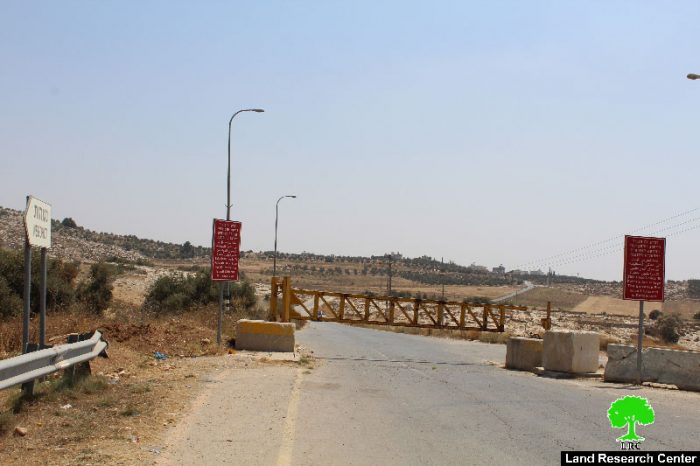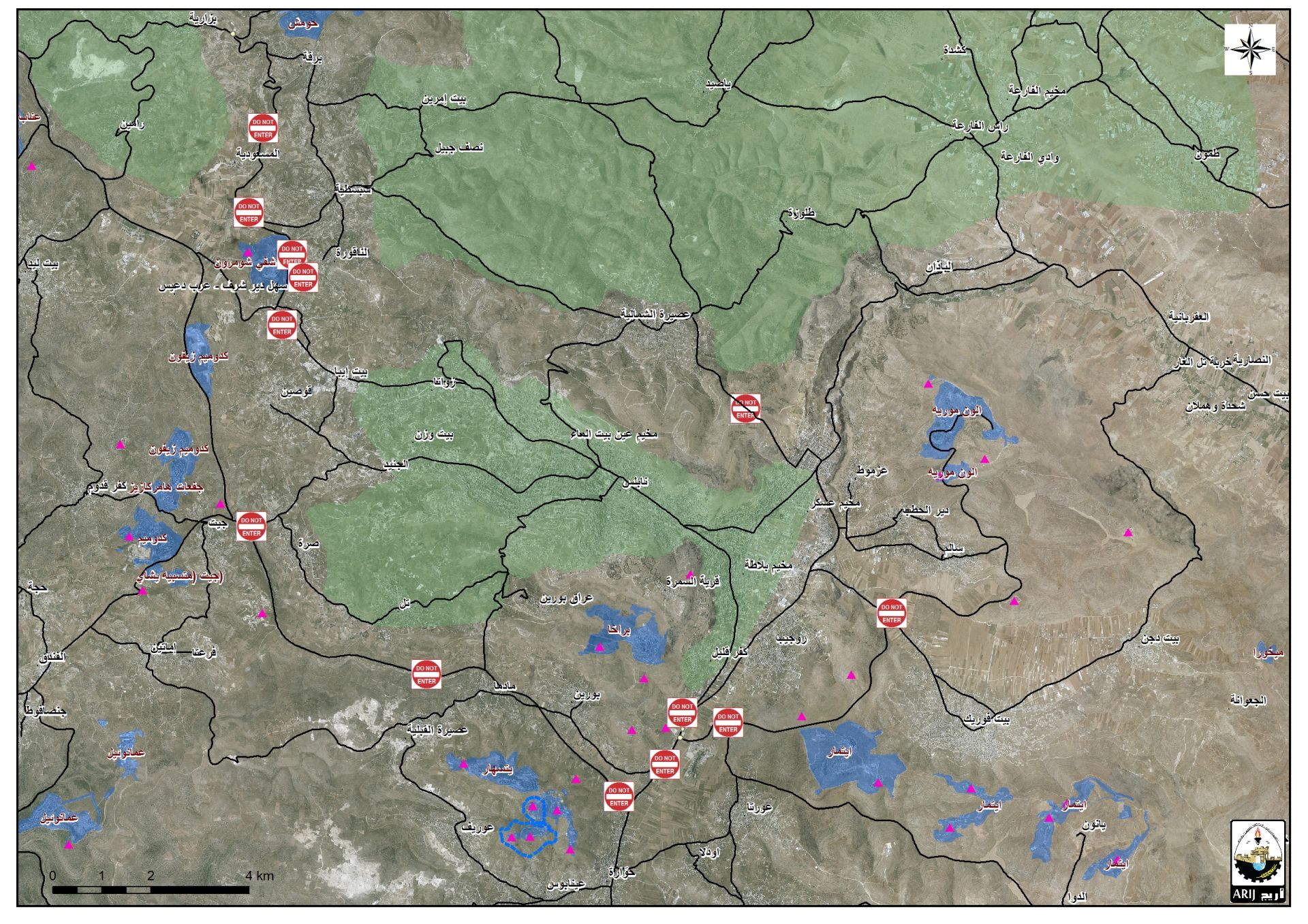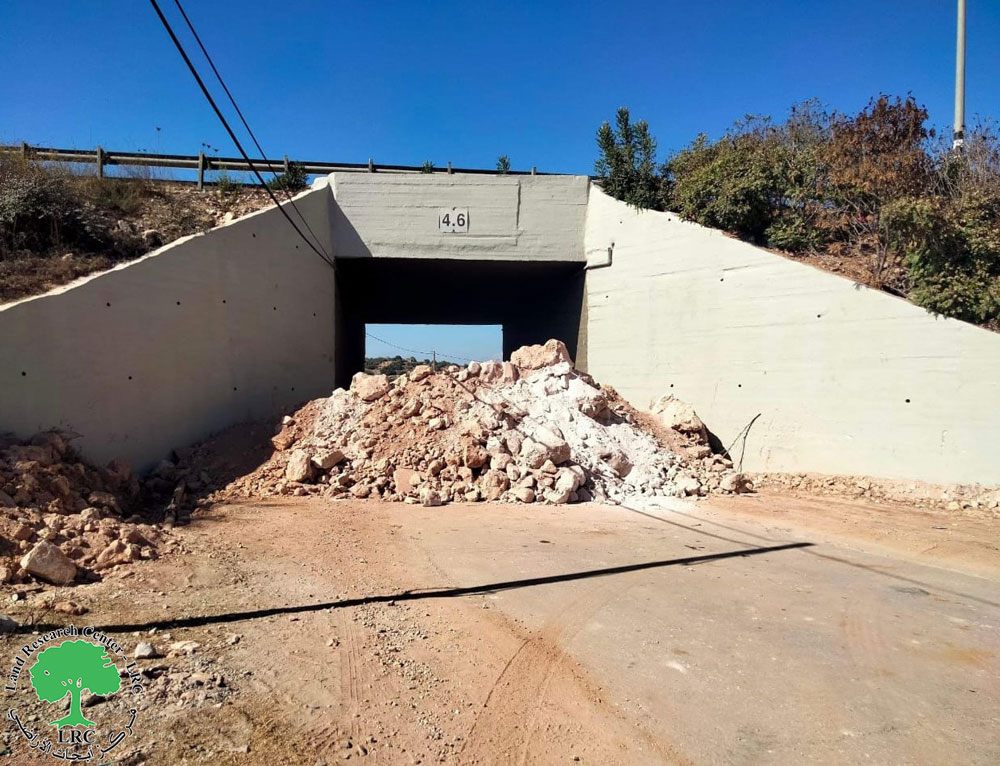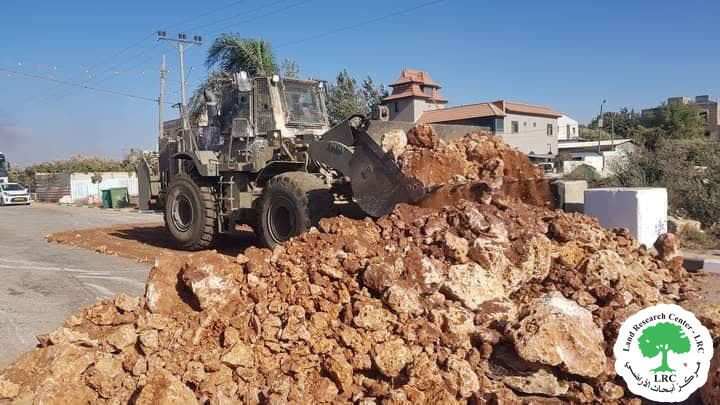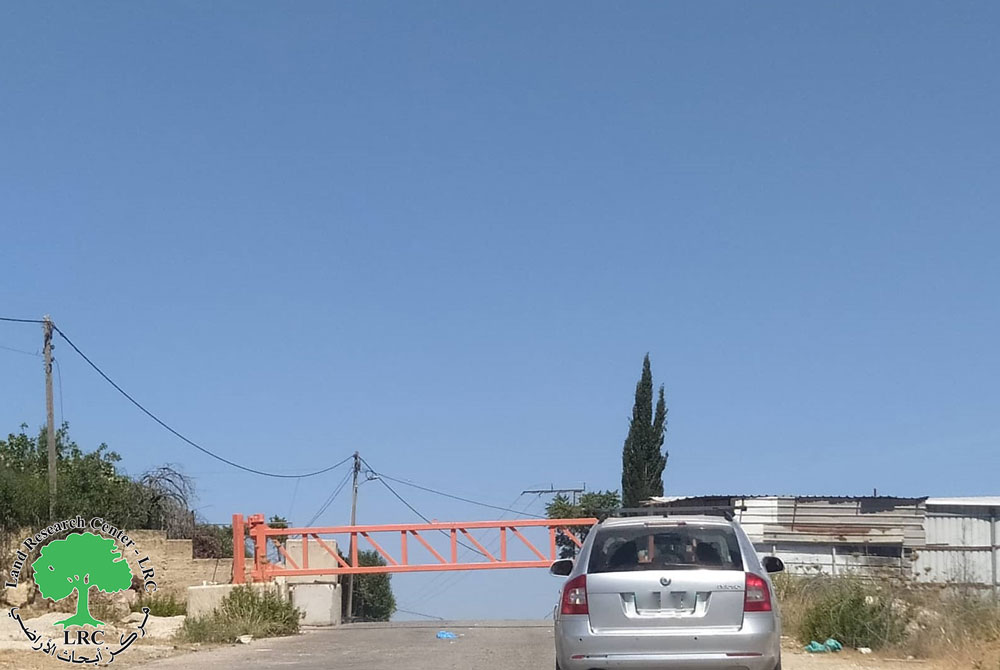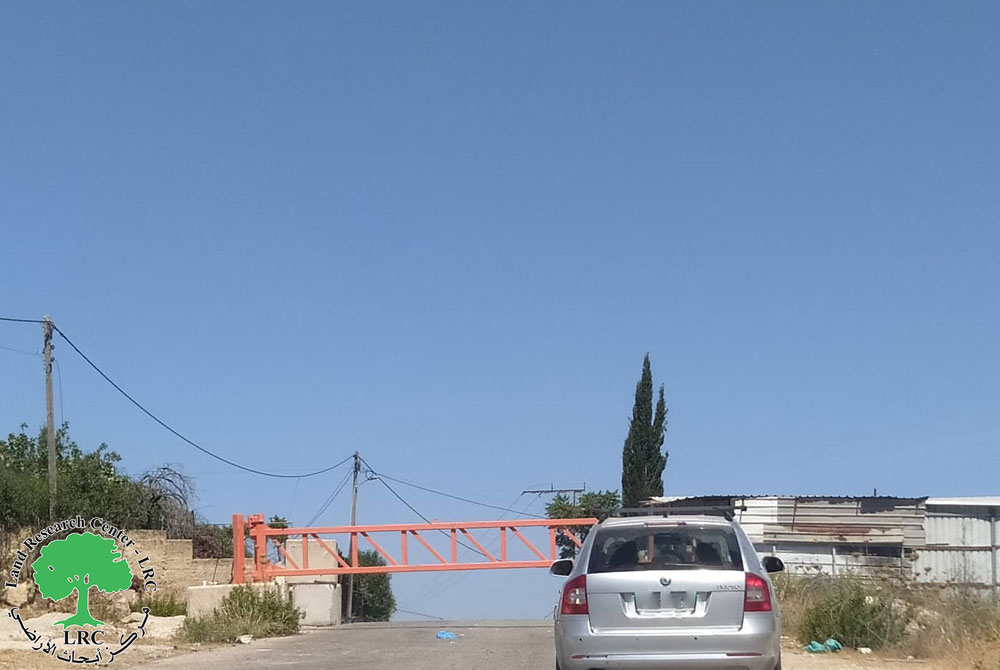Israeli Occupation Forces continue on imposing restrictions on movement and cutting down connection between cities, towns and refugee camps of the West Bank, creating sort of a big prison that is only controlled by Israel. Not only, presence of Israeli troops at checkpoints got intensified and new checkpoints were set up by the beginning of 2015. By the end of 2015, the number of checkpoints in West Bank and East Jerusalem surpassed 638 ones including military watchtowers, crossings, terminals and metal gates. In the same year, 163 main and agricultural roads were sealed off by the occupation.
Hebron becomes a big prison due to military checkpoints:
Hebron governorate is witnessing a suffocating siege and closures on its villages and towns. The number of checkpoints in Hebron reached, until August 01, 2016, 292 checkpoints, 178 of which were set up at the entrance of villages and cities of the governorate where the rest were installed in the Old City of Hebron also known as H2 area.
On the same date, three metal gates were set up at the entrance of Al-Samou', Yatta and Hebron northern entrance.
It should be marked that one of the ready-made gates was brought and installed at the northern entrance of Hebron; more specifically in the area known Jurat Buhlous. The second gate was set up at the entrance of Al-Samou' town where the last one was installed in the Yatta area of Zif.

The metal gate at the northern entrance of Hebron

The metal gate at the entrance of Al-Samou' town
The metal gate at the entrance of Yatta town
Israeli Occupation Forces set up the metal gates in a step to harass and restrict movement of Palestinians in Hebron governorate. It should be marked that the metal gates came in place of dirt mounds and cement blocks, which were previously used to seal off the entrances.
Yatta entrance in July 2016 – Closing the entrance with big cement blocks
Khursa town closed via dirt mounds (July 2016)
Israeli Occupation Forces seek to control gates at all times. By one solider at the gate, closure became easier than setting up cement blocks. In case of reinforcing the closure, the occupation sets up dirt mounds to ban Palestinian from bypassing the gate.
After the setting up of the latest three metal gates, cities and towns of Hebron became divided and isolated by a total of 24 gates installed at their entrances.
It is reported that the setting up of those gates comes in time with keeping six other gates fully closed. The gates are the following :
- The gate at Beit Einun entrance
- The gate in front of Beit Einun town; it leads to Hebron city
- The gate in Wad Al-Khalel; it leads to Al-Dhahiriya crossing
- The gate at Beit Awwa entrance
- The gate in Al-Buq'a area; it leads to the western villages of Dura town
- The gate between Surif and Al-Ju'ba towns.
Closed gates nearby Beit Awwa town (August 2016)
The following table illustrates the locations of metal gates in Hebron until August 01, 2016:
|
|
Town\village\ camp |
Location of gate |
|
|
|
|
|
|||
|
|
Al-Dhahiriya |
Rabud village |
Bypass road no.60 |
Al-Dhahiriya |
|
|
Hebron southern entrance |
A;-Harayq area |
Bypass road no.60 |
|
|
|
Dura |
Al-Fawwar junction |
Bypass road no.60 |
|
|
|
Al-Fawwar camp |
Entrance of Al-Fawwar |
Bypass road no.60 |
Al-Fawwar camp |
|
|
|
West of the village |
|
Yatta |
|
|
Yatta |
Zif junction |
Bypass road no. 3017 |
|
|
|
|
Al-Simiya town |
Bypass road no.60 |
|
|
|
Beit Einun |
Beit Einun junction\north |
Bypass road no.60 |
Khirbet Beit Einun |
|
|
Beit Einun junction |
Beit Einun junction\south |
Bypass road no.60 |
Hebron |
|
|
Beit Ummar |
Entrance of the village |
Bypass road no.60 |
Beit Ummar |
|
|
Al-Arrub Camp |
In front of Al-Arrub collage |
Bypass road no.60 |
Al-Arrub camp |
|
|
Al-Arrub Camp |
In front of Israeli watchtower |
Bypass road no.60 |
Al-Arrub camp |
|
|
Beit Awwa |
|
Beit Awwa |
|
|
|
|
|
Beit Awwa |
|
|
|
Fuqeiqis |
Next to Negohot colony |
Dura |
Villages of west Dura |
|
|
|
Wad Al-Khalel |
|
Al-Dhahiriya crossing |
|
|
|
North of the town |
|
Al- Jab'a |
|
|
Idhna |
Al-Layyeh |
Bypass road no.35 |
|
|
|
Hebron western entrance |
Farsh Al-Hawa |
Bypass road no.35 |
Hebron |
|
|
Hebron northern entrance |
Jurat Buhlus |
Bypass road no.35 |
|
|
|
Beit Awwa |
Al-Buq'a |
|
AL-Buq'a junction |
|
|
Hebron southern entrance |
|
Bypass road no.60 |
|
|
|
|
|
Bypass road no.60 |
|
|
|
|
Tarqumiya |
Bypass road no.35 |
Idhna and Tarqumiya |
Source : Field observation- Department of Monitoring Israeli Violations- Land Research Center-2016
Map 1 illustrates the locations of the gates set up in Hebron cities and towns
The following table explains the type and number of checkpoints in Hebron until August 01, 2016:
|
Type of checkpoint |
No. |
|
Dirt mounds |
72 |
|
Metal gate |
24 |
|
Watchtowers |
20 |
|
Permanent checkpoints |
3 |
|
Road blocks |
16 |
|
Flying checkpoints |
4 |
|
Terminals |
3 |
|
Crossings |
36 |
|
Total |
178 |
Geographical Information System GIS – Land Research Center-2016
Map 2 illustrates the checkpoints set up at the entrances of cities and towns of Hebron
The following table shows the types and number of checkpoints in H2 area until August 01, 2016:
|
Type of checkpoints |
No. of checkpoints |
|
Fix checkpoints |
19 |
|
Frisk point and watchtowers |
13 |
|
Other checkpoints and towers |
27 |
|
Gates |
3 |
|
Dirt mounds |
1 |
|
Road blocks |
51 |
|
Total |
114 |
(source: geographical information system GIS – LRC)
Map 3 illustrates the location of closures in E2 area
Land Research Center sees the closure as a restriction to the right to movement and that it contradicts all international conventions of related such like :
The Universal Declaration of Human rights1948:
- Article 3: Everyone has the right to life, liberty and security of person.
- Article 9: No one shall be subjected to arbitrary arrest, detention or exile.
- Article 13:
- (1) Everyone has the right to freedom of movement and residence within the borders of each state.
- (2) Everyone has the right to leave any country, including his own, and to return to his country
The International Covenant on Civil and Political Rights:
- Article 7 prohibits torture and cruel, inhuman or degrading punishment.
- Article 9 recognizes the rights to liberty and security of the person. It prohibits arbitrary arrest and detention, requires any deprivation of liberty to be according to law, and obliges parties to allow those deprived of their liberty to challenge their imprisonment through the courts
Prepared by
The Land Research Center
LRC

